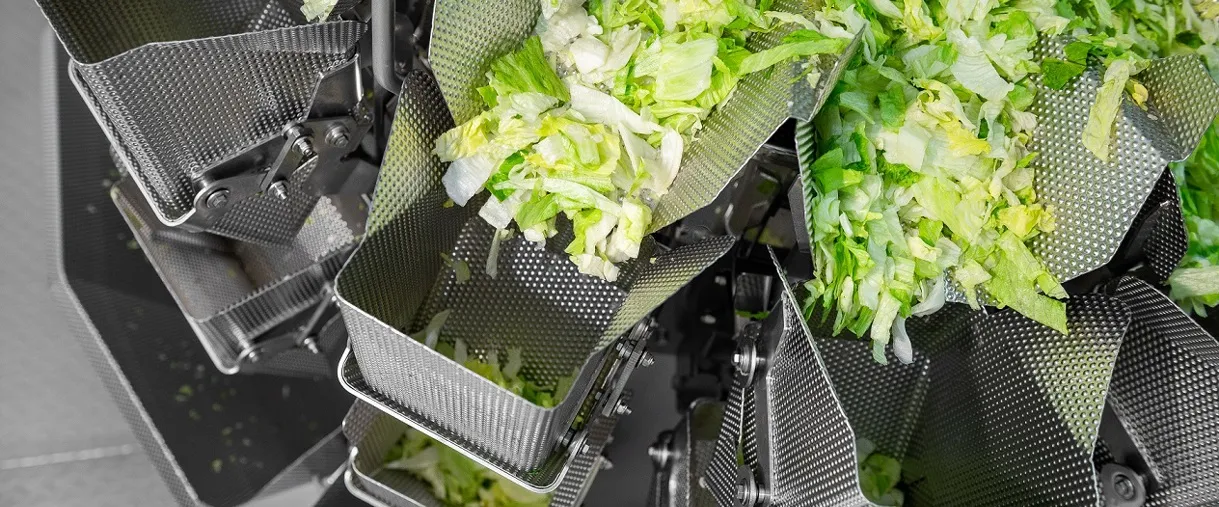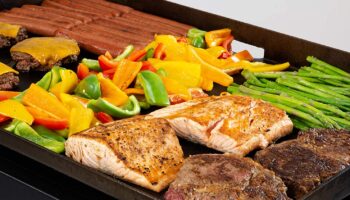When it comes to preserving the freshness of your vegetables, selecting the right packaging is key. Ensuring your produce stays crisp and flavorful involves more than just choosing any container. The choice of packaging can significantly impact the shelf life of your veggies, leading to either prolonged freshness or premature spoilage. So, what are the critical factors to consider when deciding on the best packaging for your vegetables? Let’s explore some essential tips to help you make the right selection and keep your greens garden-fresh for longer.
Benefits of Proper Vegetable Packaging
When it comes to packaging for vegetables, choosing the right type can make a significant difference in maintaining their freshness and quality. Opting for sustainable packaging materials not only benefits the environment but also enhances the overall quality of your produce. Sustainable packaging, such as biodegradable options made from recycled materials, can help reduce waste and lower your carbon footprint. By choosing environmentally friendly packaging, you contribute to a healthier planet while preserving the freshness of your vegetables.
In addition to sustainability benefits, selecting the appropriate packaging can also lead to cost efficiency. Packaging that’s designed to protect vegetables from external factors like moisture and air can extend the shelf life of your produce, reducing the likelihood of spoilage and waste. This can result in cost savings for both consumers and producers.
Investing in quality packaging may require an initial upfront cost, but the long-term benefits in terms of preserving freshness and reducing food waste can ultimately lead to financial savings.
Factors Affecting Vegetable Freshness
Proper storage and handling are crucial factors affecting the freshness of vegetables. When it comes to maintaining the freshness of your produce, two key elements to consider are temperature control and moisture levels.
First, let’s talk about temperature control. Vegetables have specific temperature requirements to stay fresh for longer periods. Storing vegetables at the right temperature can slow down the process of decay and help retain their nutrients.
For example, leafy greens like lettuce and spinach prefer cooler temperatures around 32°F to 40°F, while tomatoes and cucumbers are best stored at slightly higher temperatures around 50°F to 60°F. Make sure to keep your vegetables in the refrigerator or in a cool, dark place to prevent them from wilting or spoiling prematurely.
Next, let’s discuss moisture levels. Vegetables have varying moisture needs, and excessive moisture can lead to mold growth and spoilage. On the other hand, insufficient moisture can cause vegetables to wilt and lose their crispness.
To maintain optimal moisture levels, consider using breathable packaging materials or perforated plastic bags that allow for some airflow. Additionally, storing vegetables in the crisper drawer of your refrigerator can help regulate moisture levels and prolong freshness.
Types of Vegetable Packaging Materials
To ensure the freshness and quality of your vegetables, selecting the appropriate packaging materials is essential. When it comes to packaging vegetables, it’s important to consider sustainable options that minimize environmental impact. Sustainable packaging materials like biodegradable plastics, compostable containers, or recyclable materials are great choices to reduce waste and promote eco-friendly practices.
In addition to sustainability, innovative designs play a crucial role in vegetable packaging. Packaging that incorporates innovative designs such as breathable materials or moisture control features can help extend the shelf life of vegetables by creating the optimal storage environment.
For example, packaging with built-in ventilation holes can prevent moisture build-up and maintain the crispness of vegetables for a longer period.
Furthermore, packaging materials with innovative designs like vacuum-sealed bags or resealable pouches can help preserve the freshness of vegetables by minimizing exposure to air and moisture. These airtight packaging solutions can also prevent the growth of bacteria and fungi, ensuring that your vegetables stay fresh and flavorful for an extended period.
When selecting vegetable packaging materials, opt for sustainable options and innovative designs to keep your produce fresh, reduce waste, and contribute to a more environmentally friendly approach to packaging.
Best Packaging Practices for Vegetables
Considering the importance of maintaining the freshness and quality of your vegetables, implementing effective packaging practices is crucial. When it comes to packaging design, opt for materials that allow for proper airflow while also providing protection. Perforated plastic bags or containers with ventilation holes are excellent choices as they prevent moisture buildup that can lead to spoilage. Additionally, consider using packaging that’s transparent, allowing you to easily inspect the vegetables without having to open the packaging.
Moisture control is another key aspect of best packaging practices for vegetables. Excess moisture can accelerate the decay process, so it’s essential to strike a balance. Avoid packaging vegetables when they’re wet, as this can create a breeding ground for bacteria. Instead, ensure that the vegetables are dry before placing them in packaging.
For leafy greens and herbs, consider wrapping them in a paper towel before placing them in a breathable bag to absorb any excess moisture.
Storage Tips for Maintaining Vegetable Freshness
Implementing effective storage techniques is essential for maintaining the freshness and quality of your vegetables. To ensure your vegetables stay fresh for longer periods, it’s crucial to control the temperature and moisture levels in their storage environment.
Temperature control plays a significant role in preserving vegetables. Most vegetables prefer cool temperatures ranging from 32°F to 40°F (0°C to 4.4°C). Storing vegetables in the refrigerator’s crisper drawer can help maintain the ideal temperature to prevent them from wilting or spoiling quickly.
However, some vegetables like potatoes and onions are best stored in a cool, dark pantry or cellar to prevent sprouting.
In addition to temperature, managing moisture levels is equally important. Vegetables have varying moisture requirements, and storing them in high humidity can cause them to rot quickly. Leafy greens, for instance, thrive in high humidity, so storing them in a perforated plastic bag in the refrigerator can help retain moisture.
On the other hand, vegetables like carrots and bell peppers prefer low humidity and should be stored in a dry environment to prevent mold growth.
Eco-Friendly Packaging Options for Vegetables
Sustainability remains a key focus in the realm of packaging for vegetables. When considering eco-friendly options, look for sustainable solutions that minimize environmental impact. Biodegradable alternatives, such as packaging made from plant-based materials like cornstarch or sugarcane, are gaining popularity due to their ability to decompose naturally, reducing waste in landfills.
Opt for packaging that’s recyclable or compostable to further contribute to environmental conservation efforts. Sustainable solutions like cardboard boxes or paper bags aren’t only eco-friendly but also cost-effective for both producers and consumers. These materials can be easily recycled or reused, promoting a circular economy.
Another eco-friendly packaging option is biodegradable plastics made from sources like algae or seaweed. These materials break down naturally without leaving harmful residues, offering a greener alternative to traditional plastics.
By choosing packaging made from renewable resources, you can help reduce the carbon footprint associated with conventional packaging materials.
Consider packaging designs that use minimal resources during production and transportation, further reducing environmental impact. Look for options that prioritize efficiency and sustainability without compromising on functionality or durability. By opting for eco-friendly packaging options, you can support a more sustainable agricultural industry and contribute to a healthier planet for future generations.
Conclusion
Next time you’re at the grocery store, remember the importance of choosing the right packaging for your vegetables. Proper packaging not only helps maintain freshness but also reduces food waste. By opting for materials that allow airflow and protection, you can enjoy your veggies for longer periods. Don’t forget to store them properly and consider eco-friendly packaging options to do your part in reducing environmental impact. Happy and fresh veggie eating!





